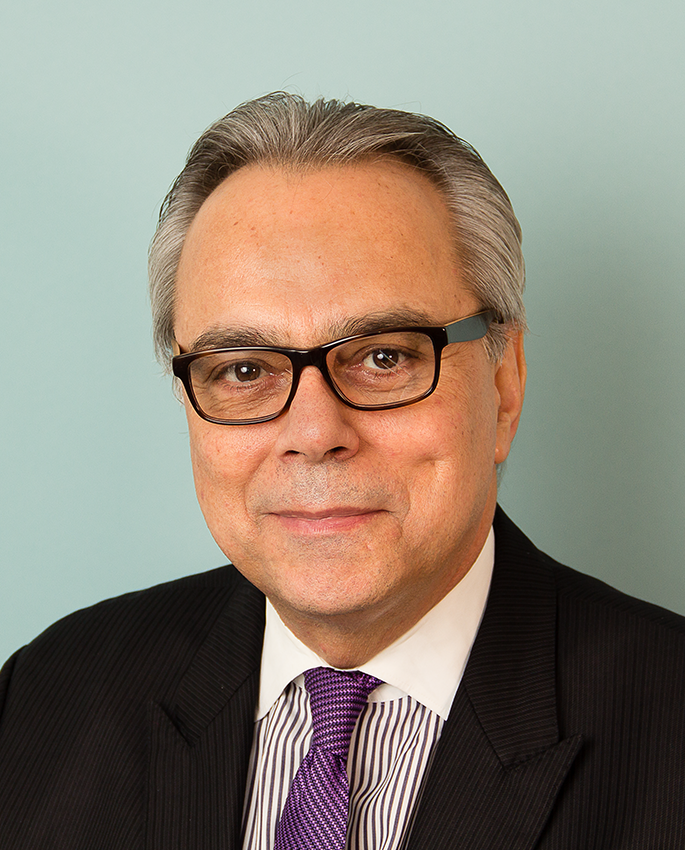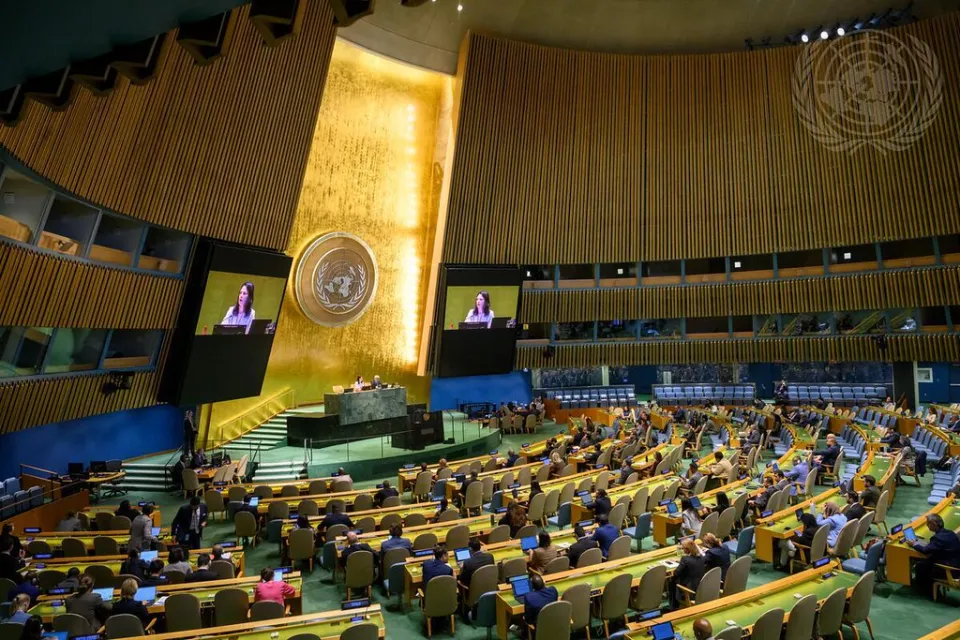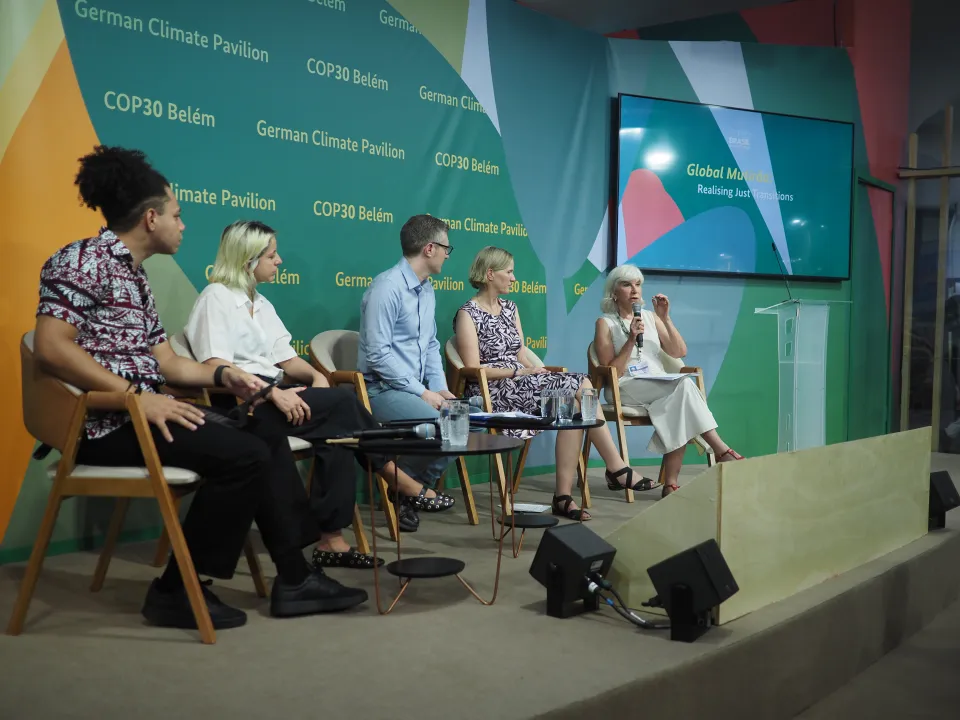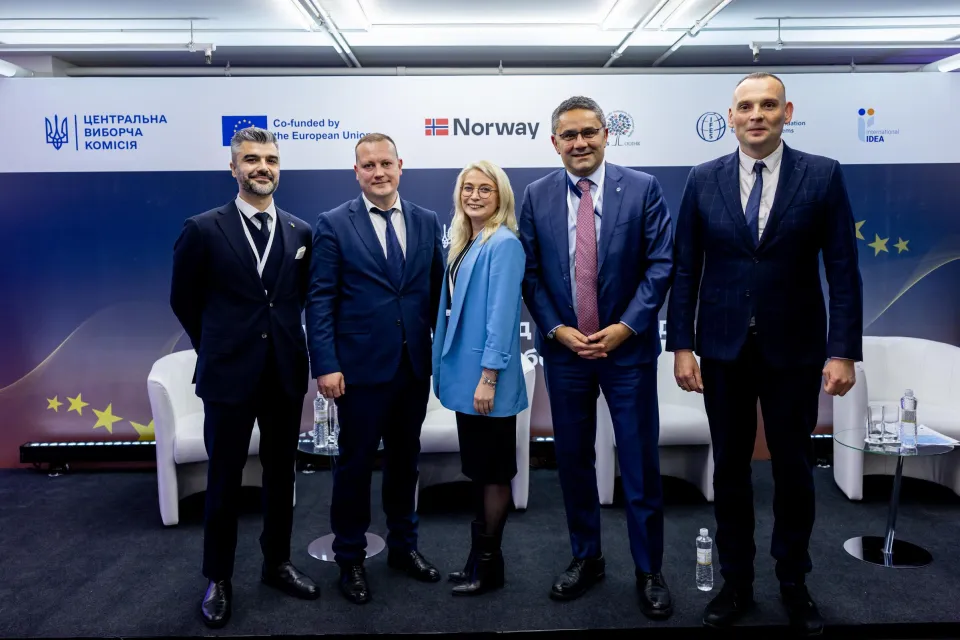Runoff elections and flipped outcomes in Latin America

Disclaimer: Views expressed in this commentary are those of the staff member. This commentary is independent of specific national or political interests. Views expressed do not necessarily represent the institutional position of International IDEA, its Board of Advisers or its Council of Member States.
Este articulo se encuentra disponible en Castellano.
Runoff elections in Latin America
At present 12 of the 18 Latin American countries regulate second-round presidential elections with different arrangements. In eight of them -- Brazil, Chile, Colombia, Dominican Republic, El Salvador, Guatemala, Peru, and Uruguay – a first-round win requires 50% plus one of the votes. Costa Rica requires only 40%; in Ecuador and Bolivia one must win 50% plus one, or 40% with a difference of more than 10 points over the second-place finisher; and in Argentina, 45%, or 40% with a difference of more than 10 points.
During the last five-year period (2013-2017) runoffs have become increasingly important in our region. In almost all the countries that regulate it, the presidency was defined in a second round: Chile (2013); Brazil, Costa Rica, Colombia, El Salvador, and Uruguay (2014); Guatemala and Argentina (2015); Peru (2016); and Ecuador (2017).
What are the main regional trends?
A comparative analysis of Latin American presidential elections from 1978 to 2017 shows that a runoff election does not change the outcome of the first round in those cases in which the first-round winner is considered by most voters who turn out for the second round as the “lesser of two evils,” though not everyone’s favorite candidate.
To the contrary, a flipped result occurs when the majority of the electorate shares a “negative consensus” against the candidate who emerged as the first-round winner (who is perceived as “the greater evil”) and votes, in the second round, in favor of the candidate who finished second in the first round.
In these cases, the second-round balloting makes it possible to articulate a new majority whose objective is to impede the rise to the presidency of an undesired candidate who won on the first round.
Of the more than 150 presidential elections held in our region from 1978 to 2017, in just over 80 the electoral law provided for a second round. In 46 of these elections it was necessary to hold a second round to elect the president. And in 34 of these 46 (75%) the first-round winner was also victorious in the runoff. In only 12 of these 46 runoff elections was the outcome flipped.
The other regional trend is that electoral participation tends to diminish in the second round, except in very tight second-round elections. Citizen participation is a key element, since of the 12 flipped electoral outcomes we mention, in seven more citizens voted in the second round than in the first round.
One important element to consider is the percentage of the difference between the first- and second-place finishers. When this difference is greater than 10% or 15% the likelihood of a flipped outcome in the second round becomes more complex but not impossible. Keiko Fujimori obtained 19% more than Pedro Pablo Kuczynski in the first round of the 2016 Peruvian elections, and despite that was defeated in the second round.
Summarizing: A runoff election is not the second half of the same game; it’s a new election. While in the first round one votes in favor of a candidate, in the second round one votes not only in favor of a candidate but also against one of the options. Many voters decide to “lend” their votes to a candidate who is not their favorite and for whom they did not vote in the first round in order to prevent the victory of the candidate who they perceive as the “lesser evil.”
Comparative experience in the region shows that flipping the first-round outcome in the runoff is complex but feasible. The percentage difference between the first- and second-place finishers in the first round, while important, is not determinant, especially when the percentage of votes obtained by the first-place finisher is below 40%, and the difference with the second-place finisher is much less than expected.
In these cases, comparative experience shows that the critical factor involves the capacity of the candidate who finished in second place to articulate a new coalition aimed at impeding the first-place finisher’s rise to the presidency; that candidate must be depicted as the “greater evil” to be avoided. In addition, it is important to succeed in increasing the level of electoral participation, both of the supporters of the second-place finisher and of those who are against allowing another triumph by the candidate who won in the first round. This was the strategy followed in the vast majority of second-round elections in which the outcome was flipped. It is not easy (as it happened in only one in four second-round elections held from 1978 to 2017) but it is not impossible, as was seen in recent years in the flipped results attained by Juan Manuel Santos (2014), Mauricio Macri (2015), and Pedro Pablo Kuczynski (2016).




